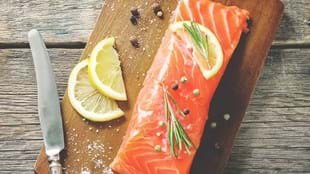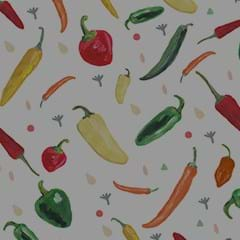How much fat should I have in my diet?
A modest amount of fat is an essential part of a healthy diet. Good fats are a source of essential fatty acids such as omega-3, which the body can’t make itself. They also help the body absorb vitamins A, D and E, the fat-soluble vitamins that only be absorbed by the body with the help of fats. All fats contain the same number of kilojoules/calories, regardless of which type of fat, so too much of any fat will make you fat. But all fats are not the same in other important ways.
Why are saturated fats bad?
Saturated fats increase low-density lipoprotein cholesterol levels (LDL, otherwise known as bad cholesterol) in blood over time, increasing the risk of heart disease. Saturated fats can be found in butter, chocolate, cakes, pastries and pies, in animal products such as beef and lamb, and in coconut and palm oil.
Why are unsaturated fats better?
A diet that includes unsaturated fats will help reduce LDL (bad cholesterol) and increase high-density lipoprotein (HDL, or good cholesterol), which carries cholesterol from parts of the body where there is too much of it to the liver, where it is disposed of.
Where do I get unsaturated fats from in my diet?
Unsaturated fats can be broken down into two key groups:
Monounsaturated fats: found in olive oil, canola oil, nuts, the oils from these nuts, avocadoes, avocado oil, lean meat.
Polyunsaturated fats: these includes long-chain Omega-3 polyunsaturated fats, found in oily fish (salmon, mackerel, herring, trout); alpha linolenic acids, found in walnuts, lean red meat, canola oil, soybean, flax seed, and their oils; and omega-6 polyunsaturated fats, found in sunflower seeds, wheat germ, sesame, walnuts, soybean, corn and their oils.
What are trans fats?
Sometimes known as hydrogenated fats, trans fats not only increase “bad” cholesterol, but also lower good cholesterol. They can occur naturally in some foods, such as meat and dairy products, but at low levels. Artificial trans fats are made when oil goes through a process of hydrogenation, and can be used for deep frying, or as a cheaper alternative to butter in processed foods such as biscuits, spreads and cakes.
How worried should I be about trans fats then?
By the early 1990s, clinical and epidemiology studies established clear evidence that industrially produced trans fat were linked to increased risk of heart disease. The food industry has changed and refined their products so that they don’t have trans fat, or very low levels of it, and the consumption of trans fats in countries such as New Zealand, Australia and the UK are below recommended levels. The greater concern is now in the consumption of saturated fats.
You can learn more about fat facts versus fat fiction here.







